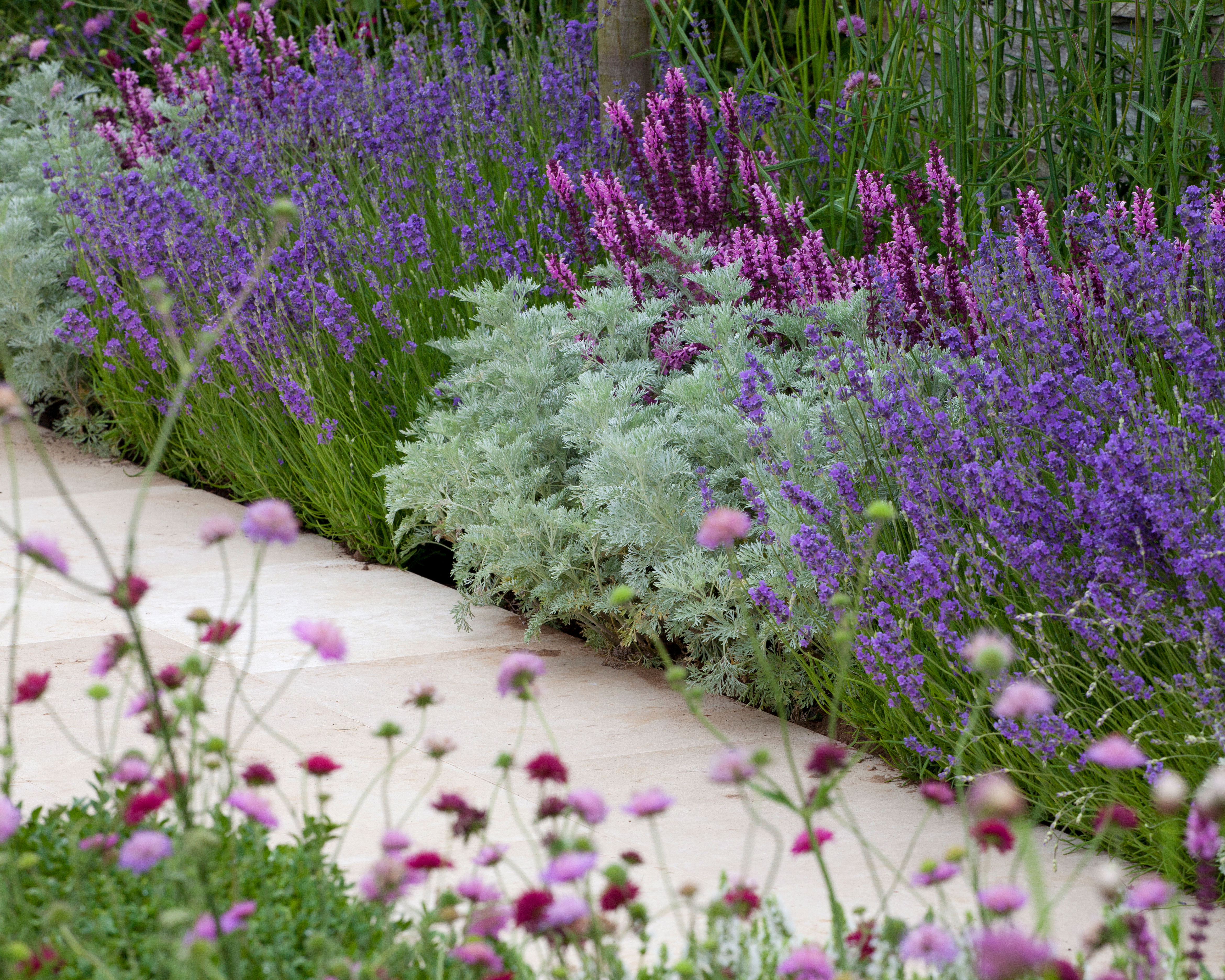How to harvest lavender – to make the most of this fragrant treasure
Truly versatile and highly prized, by learning how to harvest lavender you can savor its many different charms


Discovering how to harvest lavender and make the most of this seasonal delight is the best way to celebrate this ancient plant. A firm favorite of both the Egyptians and Romans, it was valued for its calming scent and culinary merits.
Today more and more commercial growers are specializing in growing lavender, and if it’s planted in well-draining soil in sunny spot, lavender plants should put on stunning garden display for years to come.
Blooms come in beautiful shades from deepest purple, pink through to purest white and there are over 450 varieties to choose from each with varying scents, flower shapes and degrees of hardiness. ‘Hidcote’ is one of the types of lavender – with its deep purple flower spikes and strong fragrance but other reliable performers include ‘Grosso’ Lavandin a long-stemmed and freely flowering species and ‘Provence’ Lavandin, often seen planted in fields in southern France.
Did you know it is also one of the best fly repellent plants, too?
‘The important thing is to plant where the lavender will get maximum sunshine and the best drainage,’ advises Nancy Durham, founder of Farmers' Lavender.
How to harvest lavender
Harvesting lavender is not a tricky business and if you get the timing right you will be rewarded with a long-lasting and super fragrant crop.
Amelia Powell Baggett, Director at Pelindaba Lavender has this advice:
1. Make the cut
‘Grasp a small handful of stalks and cut them leaving 2 inches of green on the plant.'
2. Avoid cutting the woody base
'Don’t cut into the woody base of the plant as that will damage it.'
3. Bundle the stalks with a rubber band
'Bundles should be no more than 1.5 inches (2.5-3cm) in diameter to keep the stalks from mildewing. Hang the bundle from a wire, rod or hook in an area of your garage or house that is well ventilated and out of direct sunlight,’ says Amelia.
She also adds that, ‘Bundles can take 4-6 weeks to thoroughly dry.’
How to harvest lavender without harming the plant?
Lavender originates from warm Mediterranean climes and is a perennial, evergreen shrub that is adored by bees and other pollinators. Sun loving and drought tolerant, it naturally produces soft new growth from older, woody stems.
To keep the plant in shape and to ensure a plentiful and healthy display of blooms, just as when you are pruning lavender, only cut back the younger more flexible branches. Older hard stems cannot produce new shoots, so the plant will not recover if chopped back severely.
Plant expert Sarah Raven says, ‘Annual pruning will improve flowering and prevent them from becoming woody. Prune immediately after flowering. Remove shoots to within one inch (2cm) of previous year’s growth.’
What should I use to harvest my lavender?
Bypass or ‘parrot-beak’ secateurs or a small hand-held serrated sickle are ideal for snipping off lavender stems.
Make sure the blades are sharp and clean before starting your harvest. Wiping the cutting edges with methylated or surgical spirit will kill off any germs or viruses that may be lurking.
The aim is to create a neat cut without breaking or tearing the foliage or woodier stems, as can lead to rot setting in, which will kill off the plant.
How do you harvest lavender so it keeps growing
To harvest lavender so it keeps growing, it's important to know when to harvest lavender. Ensure you snip off the flowers while they are blooming or have just finished. Don't prune or harvest in winter when new growth can be damaged by frost; instead, wait until the last frosts have passed in spring then prune the lavender hard to create a neat display in the summer.
How do I harvest lavender to dry?
To harvest lavender to dry, cut off the stems a couple of inches above the woody part of the plant before the flowers open. Once harvested, bundle them together in bunches and hang upside down in a dry room to allow them to dry out.
Sign up to the Homes & Gardens newsletter
Design expertise in your inbox – from inspiring decorating ideas and beautiful celebrity homes to practical gardening advice and shopping round-ups.

Journalist Jill Morgan has spent over 20 years writing and editing gardening, interior and property features. Titles she has worked on include The English Home, House Beautiful, Ideal Home, Houzz and Modern Gardens and she writes regularly for H&G as a Contributing Editor. Whilst she is a dab hand at renovation projects and DIY, she is happiest when out digging in the garden or planning a new border.
-
 Emily Blunt gifted Cillian Murphy this $545 pillow – she's 'obsessed' with these luxury pillows, and frankly, so are we
Emily Blunt gifted Cillian Murphy this $545 pillow – she's 'obsessed' with these luxury pillows, and frankly, so are weThe Oppenheimer stars sleep on this ultra-luxe goose down pillow – here's why we love it – plus our affordable alternatives from $35
By Sophie Edwards Published
-
 The great bedding debate: top sheet vs no top sheet − which side are you on?
The great bedding debate: top sheet vs no top sheet − which side are you on?I asked an expert panel of bedding designers whether you really need a top sheet to keep clean and cool or if it's just another ploy to make you spend money
By Emilia Hitching Published